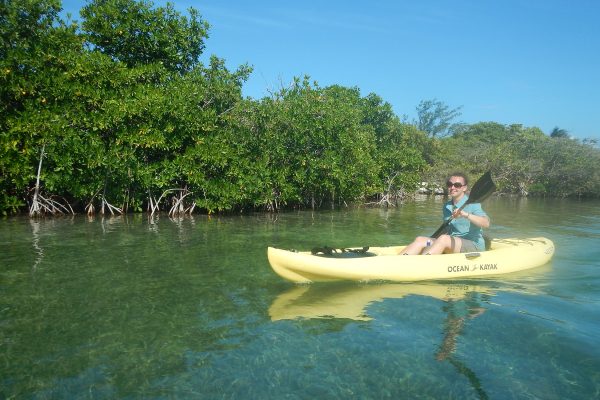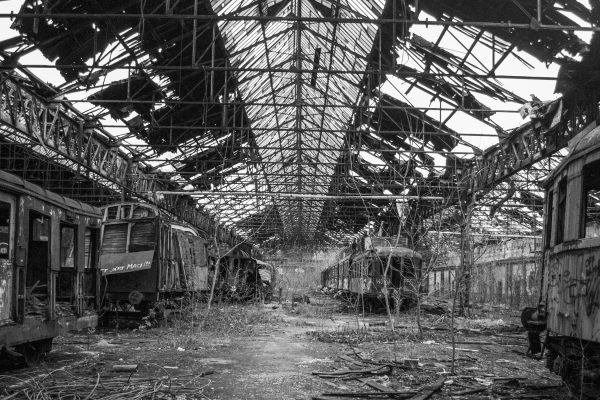Trip duration: 3 days | Approx cost: £400 | When: May – Sep
Doinit factor: Europe’s last dictatorship full of soviet brutalist architecture!
Standing in downtown Minsk there is little to suggest that you are standing in the capital of Europe’s last surviving dictatorship. No huge banners line the Stalinist architecture portraying the president sternly looking down upon you, no pictures hang of him in the shop windows, scrutinising your purchases, and while you can buy souvenirs with images of past famous socialist figures, Mr Lukashenko is nowhere to be seen. Instead you’ll see a McDonald’s, TGI Friday or even a Lamborghini parked outside a trendy cafe. On first impressions it would seem that someone has told Belarus that the Iron Curtain has in fact been drawn.
Modern day Minsk came to being in the 1950’s, after almost completely being demolished during the Second World War. It was under Stalin and to his liking that the city grew from the rubble. With an almost bank canvas and with little in the way of geography to mandate or constrain its size, Stalin’s ‘liking’ was obviously large scale. Incredibly wide eight lane boulevards (surely doubling up as parade grounds) criss-cross the inner city and pedestrians have to be channelled through large underpasses as to not cause obstruction to traffic which zooms through the city. Equally impressive, huge buildings of Satanist architecture straddle the roads, gigantic facades still with the hammer and sickle incorporated into the missionary atop various government buildings add to the grandeur of it all. These are concrete palaces all slightly different with many having a neo-gothic feel about them, some with columns, and some with balconies. The colour of the city rarely changes, with different shades of grey dominating the skyline. Small influxes of opaque yellow, orange and green seem to add hope that all is not lost in this sea of dictatorship.

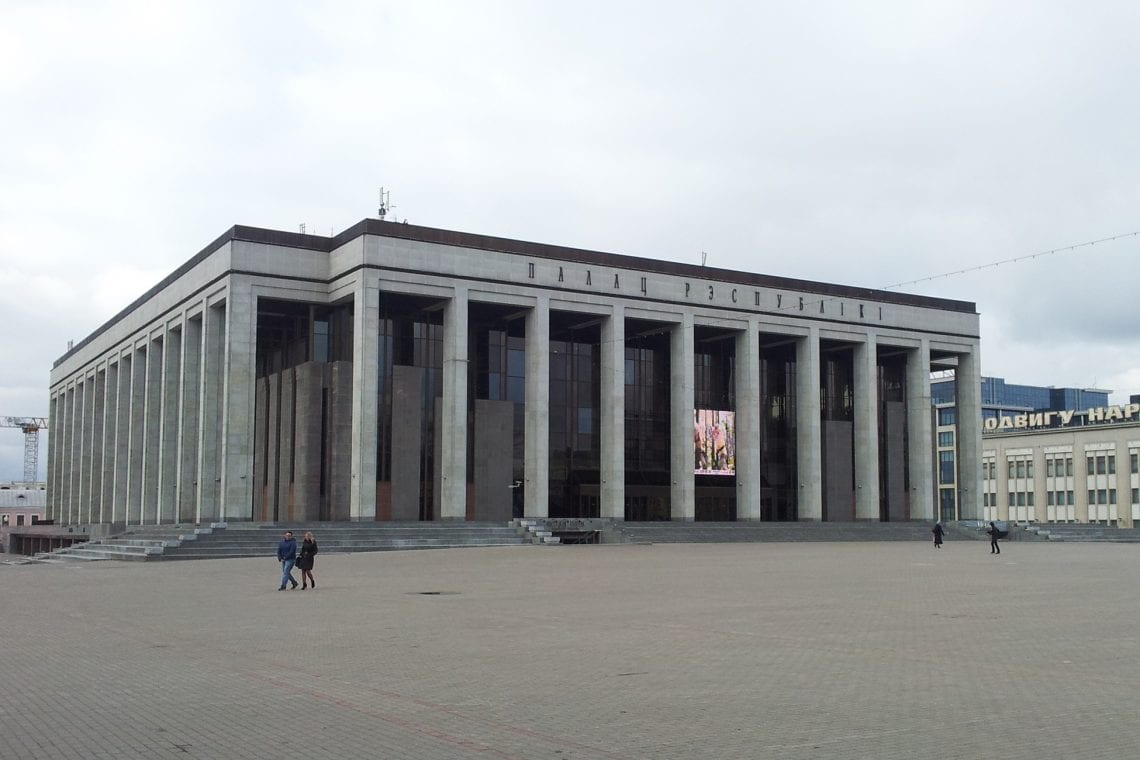
Above: Museum of models landmarks of Belarus | Palace of the Republic | Stalinist architecture of railway station square
How to get there on the cheap
You can fly direct to Minsk from a handful of European cities (including London) with the national flag carrier ‘Belavia’. But this can be rather costly. Instead consider flying with a low cost carrier to Vilnius. From here you can take a four hour train (costing about £7 /£25 for the sleeper). Buy your ticket in advance, especially on your return leg. You don’t want to be left stranded in a country which takes it’s Visa expiry very seriously.
You may have a preconception that the lack of colour gives a depressive atmosphere, but nothing could be further from the truth. Because of the grand scale of the infrastructure, everything is spread out, allowing a real sense of openness to come across. With no shortages of parks and large squares, Minsk is truly a place where not to feel claustrophobic. Arguably the best way to describe it is if you imagine yourself as an ant, going about your business, wondering through a maze. Strangely, the openness and grandness is not only confined to what’s over ground. The city offers perhaps one of the grandest Metro systems in the world. As you descend down the escalators it’s as if you’ve just entered a palace. Each Metro station is decorated in its own unique way, but you can expect open spaces with maybe a statue located on the platform, all illuminated in an appropriate way with lights majestically reflecting from the surrounding marble walls. Though dated with 1960s carriages, the metro system is very efficient and very popular (rather crowded in fact). As tempting as it is, it’s best no to take photographs as unfortunately there have been attacks on the metro in the past and authorities remain cautious.
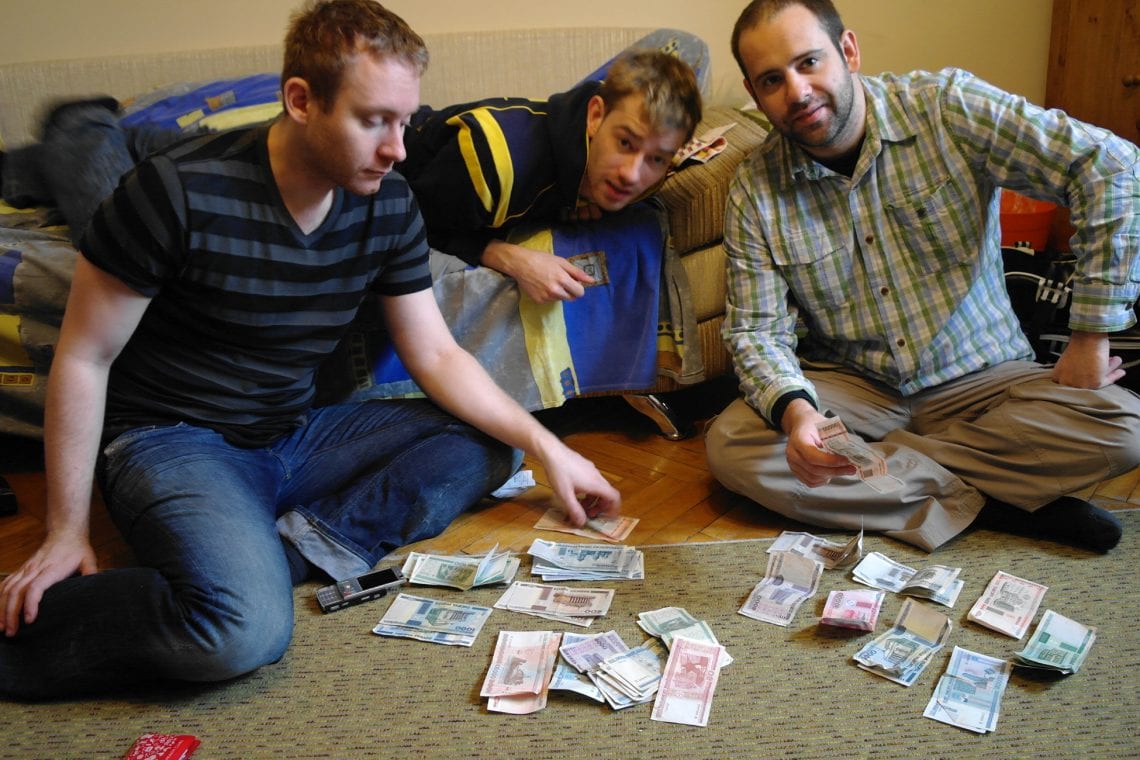

There are parts of the city that don’t quite seem to fit in to this new modern city, these are the ruminants from before the rebuild. A few churches survived as well as a few streets in Minsk’s historic centre; which can be said to be a tourist attraction but generally speaking Minsk is not quite a tourist destination, not in the main sense of the word anyway. The city provides an interesting insight to a post-Soviet era life, and any Soviet enthusiast will love it here; the average tourist may struggle. English is not generally spoken, even menus in the central restaurants aren’t likely to be translated – it’s best to bring a Russian phrase book (FYI- even McD’s has no translation)! Waking down the boulevards during the day, you may notice an absence of social and shopping facilities. This however is only the case to the untrained eye! Many bars, cafes and shops tend to be invisible as they are engrossed into the dominating façade of the Satanist architecture or rather strangely, located underground. Come nightfall, appearance of the city changes. A night time walk through downtown Minsk is a wonderful experience; the grey is done, and replaced by shades of orange and white as the cities buildings are illuminated. The two different aspects of the city make Minsk a great place to wonder around and see what you can discover.
Minsk certainly is an interesting destination, little in the way of traditional touristic attractions to see and do. Perhaps it’s the city as a whole which is the fascination. If stepping out your confront zone is what you’re looking for, then head here. So many places in Europe have been forced to adapt to touristic trends and needs, but here in Minsk, you adapt to the city. The Ministry of Foreign Affairs in Britain places the number of Brits visiting Belarus each year at only 4000. To put this into perspective, if you imagine the capacity of Wembley football stadium all taking a trip to Belarus, British tourism in the country would go up 22 fold! This should highlight to you what a minority you ‘as the tourist’ are.
Minsk certainly challenged our preconceptions but it’s hard to ignore the fact that we were strolling along the streets of power. How far does this grandeur with its new capitalist tendencies stretch? Is this reflected throughout Belarus? Prices in the trendy cafes and restaurant approach what you may expect to find in the west, patrons dressed in the latest Gucci all add to the sense that perhaps we’re playing in the countries rich playground. Even a few stops on the metro and you’ll notice the grandeur subside to the old Soviet bloc style accommodation that houses the working class. There seems to be a lot more to the city and indeed the whole country than meets the eye. We can’t seem to shake the feeling that in such a fleeting visit we missed out on a whole lot more and seeing the whole picture.
The Old Town & Island of Tears
A few old buildings with narrow cobbled streets can be passed within a few minutes but it does provide a nice quiet getaway from the busy streets of Minsk. Located on the other side of the river, it is only a short walk from the city centre and takes you pass the Cathedral of the Holy Ghost. A small island within the river, where a bridge provides access from the old town. The island has a monument commemorating the Soviet troops who gave their lives in Afghanistan (1979 – 89). Its a nice traquale spot where you really take in where you are.
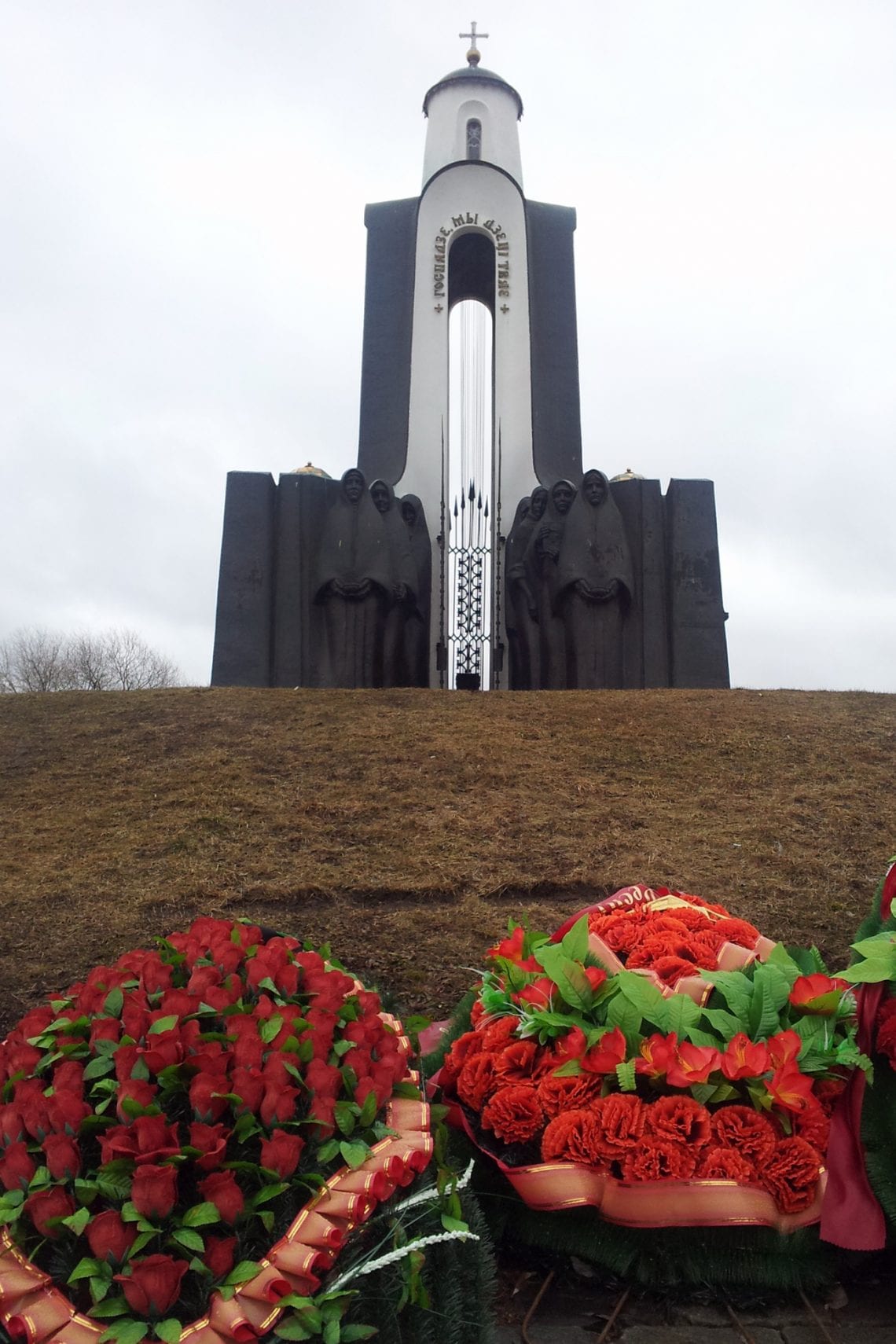
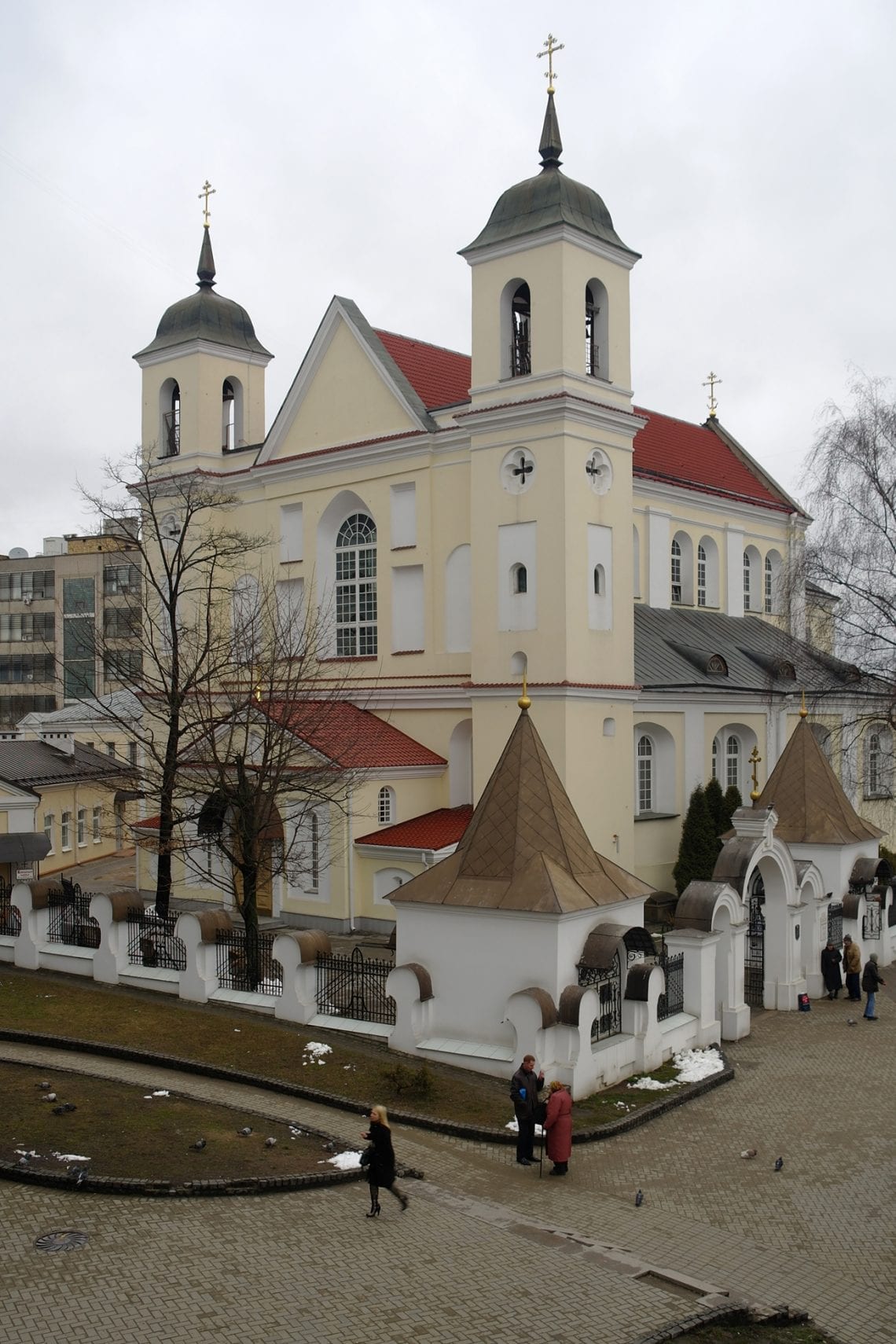
Independence Square
An interesting square, surrounded by more Satanist architecture, the Government Building, Statue of Lenin, and the Church of St Simmons and Helena (1910). The square is extremely quiet however it hides one huge secret. Glass domes located in the square act as sky lights to a massive underground shopping mall. What you may think are stairs to the metro, are in fact entrances to this four level (Western style) centre.
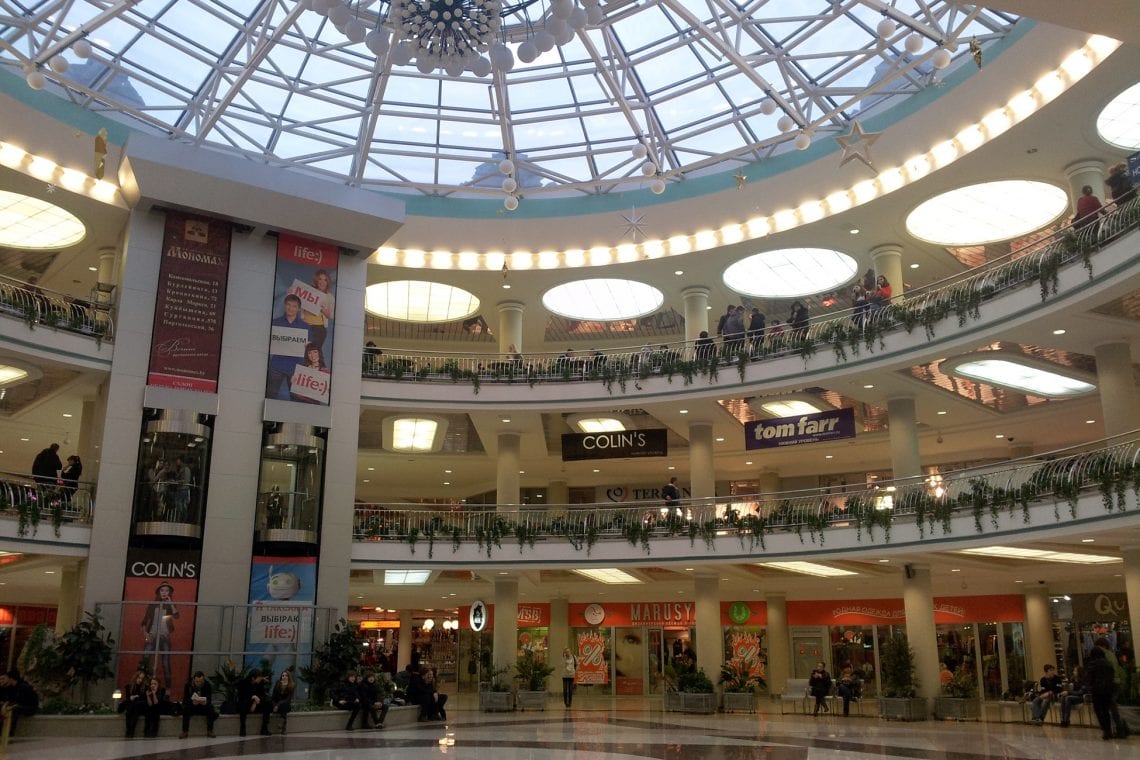
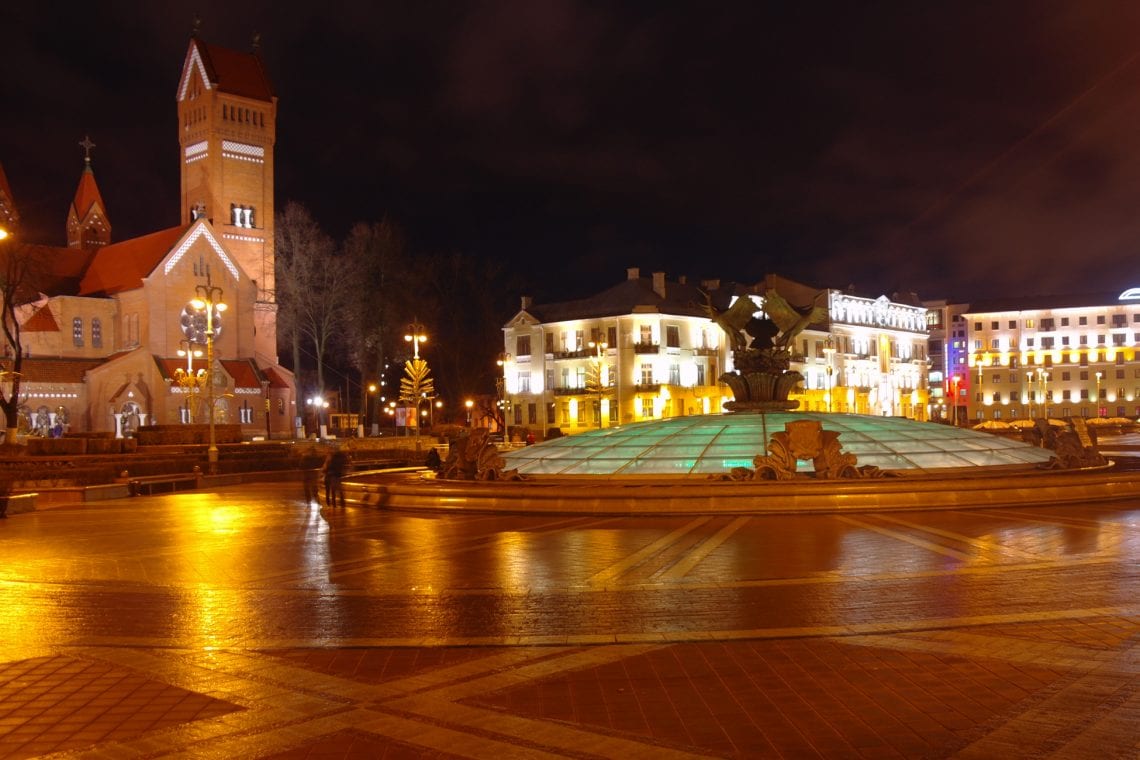
National Library of Belarus
The National Library of Belarus is a fascinating building. Of course this being Minsk, the building is massive, however its glass extremities add a feel of brightness to the unique structure – a nice change from the surrounding grey concrete flats. Situated in a park five metro stations from the city centre, the library has a viewing deck on its roof where you can get unhindered views of the city below you. Entry is less than £1 and the lift takes you up 23 floors.
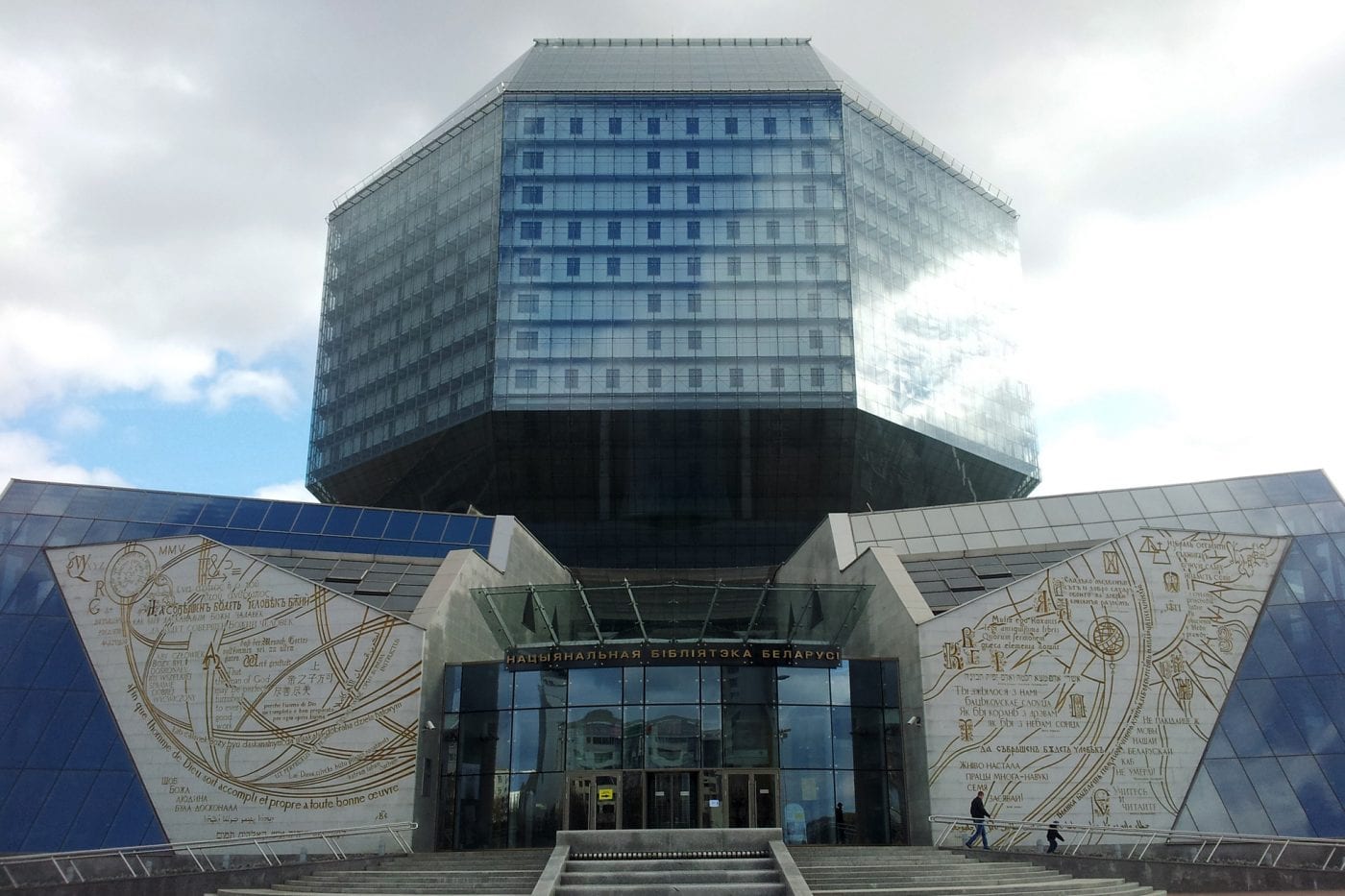
WHERE TO STAY
A simple internet search will relieve ample options for accommodation. Like all cities you can find luxury as well as more modest accommodation.
USEFUL INFO
- Visas – To get a visa you first need an “invitation letter” which you can get from www.123belarus-direct.com (£10).
- Download the visa application form from the embassy website. Visit the embassy and make payment in cash (£70). You will also need a copy of your travel insurance.




